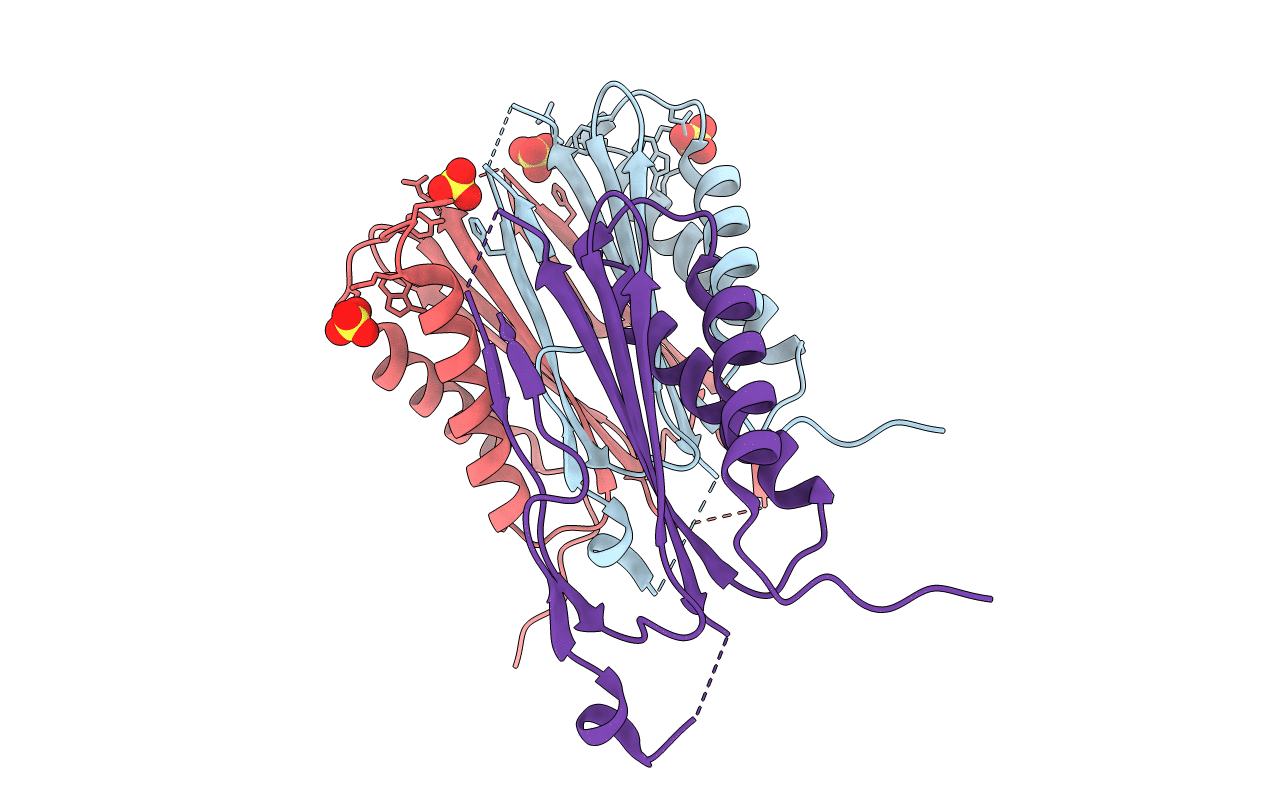
Deposition Date
2017-07-18
Release Date
2017-11-15
Last Version Date
2023-10-04
Entry Detail
PDB ID:
5WI4
Keywords:
Title:
CRYSTAL STRUCTURE OF DYNLT1/TCTEX-1 IN COMPLEX WITH ARHGEF2
Biological Source:
Source Organism:
Mus musculus (Taxon ID: 10090)
Host Organism:
Method Details:
Experimental Method:
Resolution:
2.00 Å
R-Value Free:
0.21
R-Value Work:
0.17
R-Value Observed:
0.17
Space Group:
P 32 2 1


